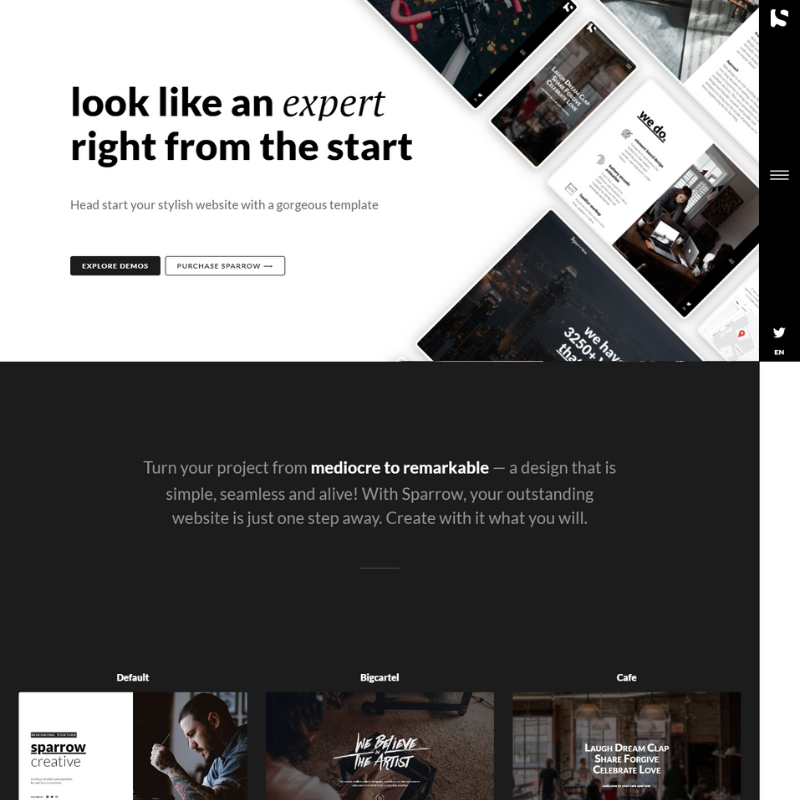Template Design with HTML CSS and TailwindCSS
10,000.00৳
Template design is a crucial aspect of creating a visually appealing and user-friendly website for showcasing products. HTML, CSS, and Tailwind CSS, in combination, offer a powerful toolkit for crafting elegant and responsive product pages. Here’s a description of how these technologies come together to create an effective product template:
Description
Template design is a crucial aspect of creating a visually appealing and user-friendly website for showcasing products. HTML, CSS, and Tailwind CSS, in combination, offer a powerful toolkit for crafting elegant and responsive product pages. Here’s a description of how these technologies come together to create an effective product template:
HTML (Hypertext Markup Language): HTML serves as the structural foundation of your product template. It defines the layout and organization of your webpage. When designing a product page, you’ll typically use HTML to structure the content, create sections for product details, images, descriptions, and calls to action. For instance, you can use HTML to define the product title, price, features, and any additional information that you want to display. It also allows you to establish the overall page structure with headers, footers, and navigation menus.
CSS (Cascading Style Sheets): CSS is responsible for the visual styling and presentation of your product page. With CSS, you can customize the fonts, colors, spacing, and overall aesthetics of your product template. This is where you create a cohesive and visually pleasing design that aligns with your brand identity. For example, you can set the font family, size, and color for your product titles and descriptions, define the color scheme to match your brand, and ensure that elements like buttons and links are visually distinct and interactive.
Tailwind CSS: Tailwind CSS is a utility-first CSS framework that streamlines the process of styling your product template. It offers a set of pre-defined classes that you can apply directly to HTML elements, making it easier to create responsive and consistent designs. Tailwind CSS simplifies tasks like defining grids for product listings, creating responsive layouts for different screen sizes, and ensuring that your product details are neatly organized. You can use Tailwind classes to set padding, margin, text alignment, and much more, without having to write custom CSS for every design element.
Here are some key benefits of using Tailwind CSS for product templates:
- Consistency: Tailwind CSS enforces a consistent and maintainable design language across your entire website, ensuring that your product pages have a cohesive look and feel.
- Rapid Development: With its utility-first approach, you can rapidly prototype and develop product templates, saving time and effort.
- Responsive Design: Tailwind CSS simplifies creating responsive designs that adapt seamlessly to various screen sizes, ensuring a great user experience on both desktop and mobile devices.
- Customization: While it provides pre-defined utility classes, Tailwind CSS is highly customizable, allowing you to extend and tailor the framework to match your specific design requirements.
In conclusion, HTML, CSS, and Tailwind CSS collectively empower web developers to create visually engaging and user-friendly product templates. HTML structures the content, CSS styles it, and Tailwind CSS enhances the efficiency and consistency of your design. By leveraging these technologies, you can craft product pages that effectively showcase your offerings and leave a lasting impression on your website visitors.





Reviews
There are no reviews yet.